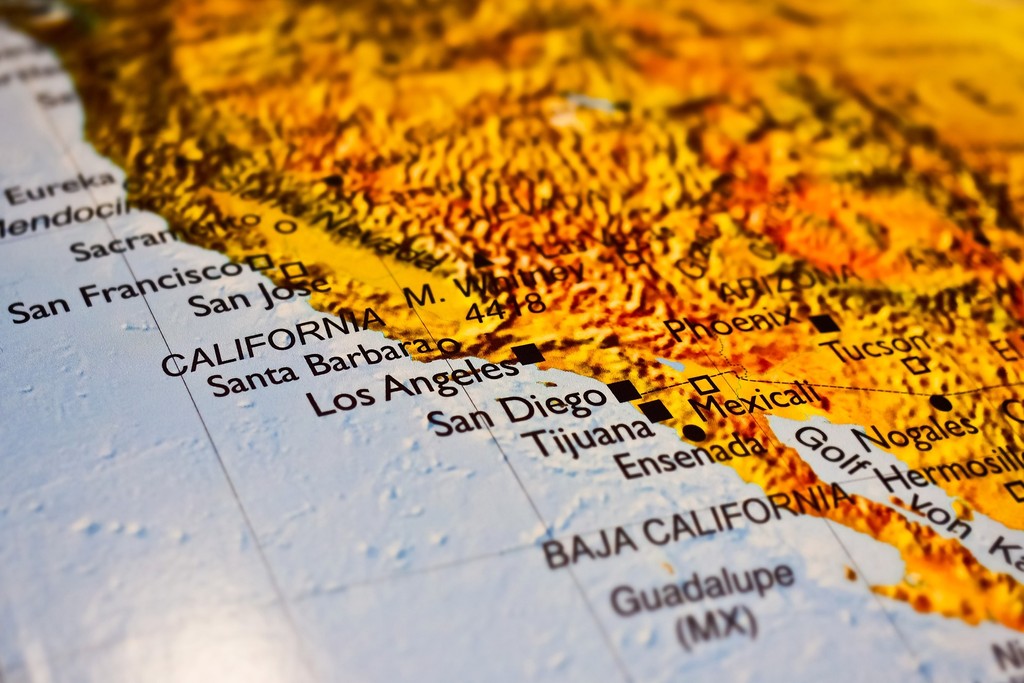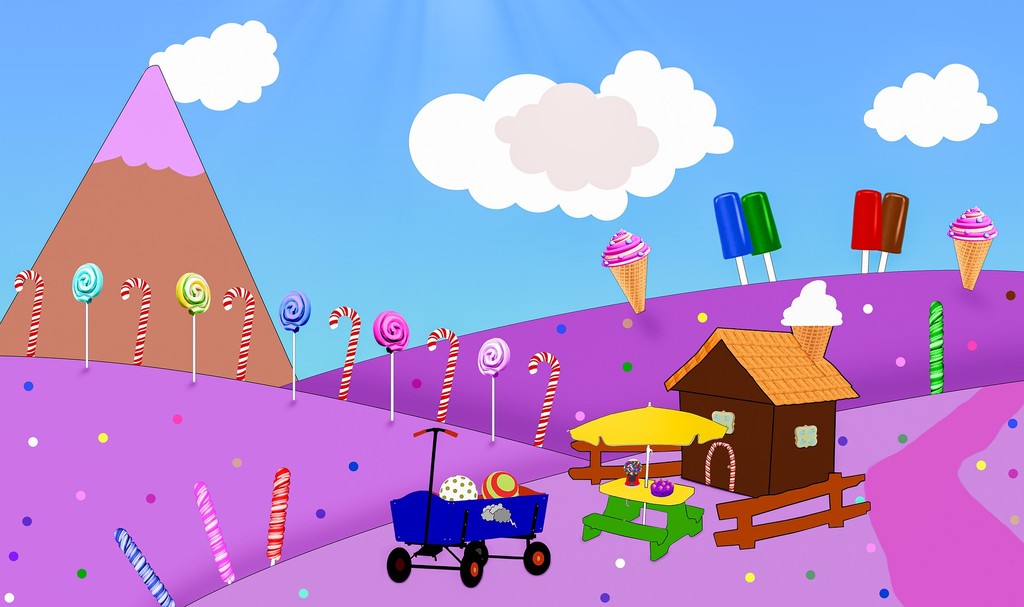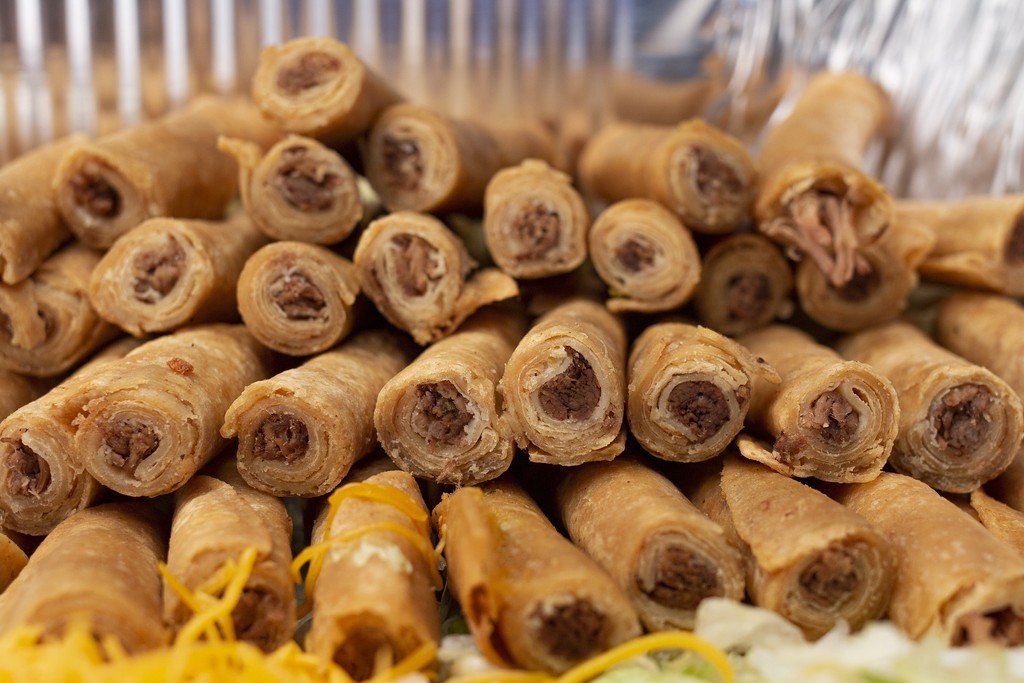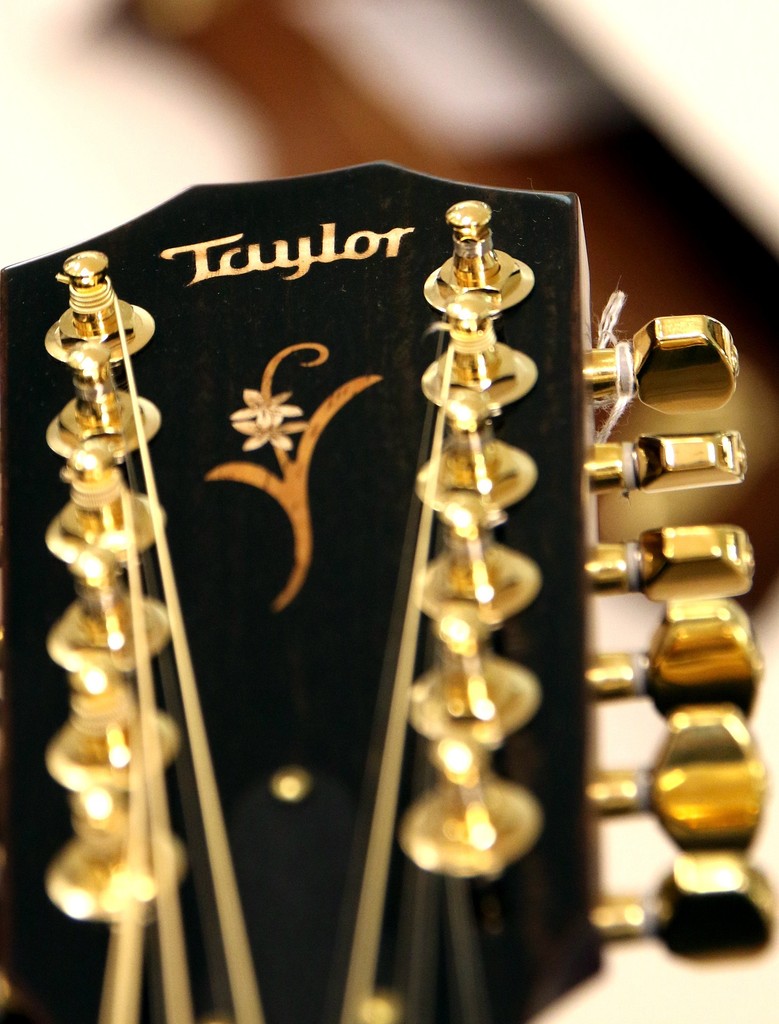Inventors and Patents From the City of San Diego
San Diego is a city along the Pacific Ocean coast in Southern California, just adjacent to the border with Mexico and the United States. It is the eighth-most populous US city and seat of San Diego County. The county has 3,338,330 residents as of 2019, making it the fifth most populous in the United States.
The City of San Diego is home to many innovative companies and businesses. Many of the top patent creators are headquartered in the area. This includes the world-renowned Medtronic, and other large corporations. The San Diego area is also home to several universities and biotechnology companies.
San Diego is a great place for inventors to find support and resources. San Diego is known as an innovation hotbed and home to many innovative companies. If you’re looking to launch a business, consider San Diego’s incubator program, CONNECT Springboard.
This program helps innovators create and scale their company with access to people, resources, and capital. A few local companies that have gone through this program include Bixpy, which developed a lightweight water jet system and has a patent pending.
In the San Diego region, over three thousand patents have been granted since 2000. That makes the region the ninth-highest region in the nation for patent grants. San Diego also boasts some of the nation’s top corporations for inventors, including Qualcomm, the biotech company Illumina, and Arena Pharmaceuticals. Durga Malladi, a Qualcomm engineer, is one of the city’s most prolific inventors. Malladi’s work has helped Qualcomm to create a new generation of cellular systems based on digital technology.
Image credit: UnsplashSan Diego Inventors Forum
Inventors in San Diego can also take advantage of one of the most helpful resources, the San Diego Inventors Forum, a national support group for entrepreneurs. The group invites guest speakers to discuss important topics and gives entrepreneurs a safe forum to discuss their ideas.Inventors Forum, a non-profit organization that provides resources for entrepreneurs.
The San Diego Inventors Forum hosts monthly meetings and hosts speakers covering a variety of topics. The organization is also a good place to network and get help for your ideas. The organization was incorporated in 2014 and is committed to fostering a community of innovators.
UC San Diego is one of the first University of California campuses to launch a chapter of the National Academy of Inventors. The organization is dedicated to elevating the profile of university inventors and educating innovation-minded students. With over 1,000 fellows from 250 institutions worldwide, the National Academy of Inventors is a valuable resource for innovation-minded students and entrepreneurs.
Patent and Trademark Resource Center
If you want to apply for a patent for your invention, you can visit the San Diego Public Library, which is officially designated a Patent and Trademark Resource Center. The PTRC is part of a nationwide network of patent libraries maintained by the U.S. Patent and Trademark Office. Patent searching is a complicated process, and you may need the services of a patent attorney or patent agent. PTRC representatives cannot offer legal advice, but they can provide referrals to nearby patent attorneys.
WD-40
Rocket Chemical Company was founded in 1953 in San Diego, California. Its three-member staff set out to develop a line degreasers and rust-prevention chemicals for the aerospace industry.
They tried 40 times before they finally got their water displacing formula working. But after the 40th try, it was a huge success. WD-40 Multi-Use Product was born. WD-40 stands to Water Displacement, the 40th formula. This is the name that was taken straight from the lab book by the chemist who created the product.
Convair, an aerospace contractor used WD-40 Multi Use Product commercially to protect the Atlas Missile’s outer skin from rust and corrosion. It worked so well that many employees took cans of WD-40Multi-Use Product out of the plant in their lunchboxes to use at home.
Norm Larsen, founder of Rocket Chemical Company, experimented with WD-40 in aerosol cans. He believed that consumers might also be able to use the product at home, and even garages.
Candy Land
Milton Bradley started selling CANDY LAND in 1949. It was a sweet racing game that introduced children to the world. More than 70 years later Candy Land continues inviting new generations into the exciting worlds of gaming.
You may be surprised at the origins of this popular game. Eleanor Abbott, a San Diego resident, invented the game to entertain children in hospitals during the Polio epidemic. Polio, a highly contagious disease that made many people wear masks and kept them away from others, was quite common.
Abbott, who was still recovering from Polio, received royalties. However, most of the money went to children by buying school supplies and equipment. More than 50 million games were sold to date. Candy Land was the inspiration for a series of sweets competitions that will air on Food Network in 2020.
Image credit: PixabayThe California Burrito
The California burrito is a carb-loaded behemoth, beloved by San Diegans. In its most basic form, it comes stuffed with carne asada and french fries, with guacamole, cheese, sour cream, and other ingredients often added to the mix.
Though the notion of putting french fries in a burrito may not sound appealing to everyone, in many ways it optimizes the hybrid that is Cali-Mex food.Despite being dubbed the ‘California burrito,’ it is uniquely local to San Diego, with few renditions sold elsewhere (at least not yet). San Francisco’s Mission burrito–filled with rice, beans, and other ingredients a la Chipotle-style–is more commonly aligned with what the rest of the U.S. considers a California-style burrito.
But in San Diego, rice and beans are deemed an unnecessary filler.Some locals credit a restaurant called Santana’s (now known as Fresh MXN) as the creator of the first California burrito. But, journalist Gustavo Arellano, who literally wrote the book on Mexican-American food, Taco USA: How Mexican Food Conquered America, believes the California burrito originated from a ‘berto’s taco shop.
Rolled tacos
Many attribute Taquitos to Ralph Pesqueria Jr., a San Diego tortilla factory owner. Tex-Mex food legends state that Pesqueria invented the taquito as a way to increase his sales in the 1940s.The filled tortilla of a taquito is crisp-fried.
Image credit: PixabayTaylor Guitars
Taylor Guitars is based in El Cajon in California and was founded by Bob Taylor, Kurt Listug, and others in 1974. They met at the American Dream, a San Diego hippie guitar shop. When Sam Radding announced that he was closing the shop, they partnered up to purchase the business.
Although they were young (Bob was 19 and Kurt was 21 when they first met), their passion for guitar-making, combined with their determination to make a living doing what their hearts desired, helped the company transform from a struggling shop to a global leader in premium acoustic instruments.
Taylor Guitars currently employs more than 1,200 people and produces hundreds upon days of guitars exclusively in two factories in the U.S. and Mexico: El Cajon in California and Tecate in Baja California, Mexico. Taylor does not produce guitars in Asia. Taylor maintains a strong dealer network. Taylor guitars are sold at hundreds of locations across North America, and internationally through 60 countries.
This includes a warehouse in the Netherlands and a factory service center in the Netherlands. Taylor sets industry-leading standards in terms of playability, craftsmanship, and musical performance. Bob Taylor’s pioneering use computer mills, lasers, and other high-tech machinery and tools enabled guitar manufacturing to move from an old-world tradition into the modern age. This allowed the company to produce guitars of unprecedented precision and consistency.
Kurt and Bob have recruited many talented people along the way. This has helped to create a culture of innovation and creativity that is widely appreciated. It also helps keep the company’s core commitment to guitar-playing improvement. Andy Powers, a luthier, was hired by Bob Taylor in 2011 to help guide Taylor’s guitar design efforts for another generation.
Andy, Taylor’s Master Guitar Designer has been a driving force in Taylor’s product design with innovative innovations such as V-Class(r), bracing architecture, and many other award winning guitar models. Andy joined Bob, Kurt and as a third owner partner in 2019.
Image credit: PixabayDr. Bronner’s Magic Soaps
Emanuel Bronner was a third-generation master soapmaker, and Dr. Bronner’s magic soap was established in 1948. He is a German-Jewish family soapmaker. To spread his message, he used the labels of his exceptional ecological soaps. “We are all-one or none!”
Dr. Bronner’s is still family-owned and operated. They make socially & environmentally responsible soaps of the highest quality. They dedicate their profits to making a better world.
Bronner was a passionate proponent of his syncretic spiritual ideology. He initially distributed soap to people who attended his lectures. However, he soon realized that soap is more important than spiritual enlightenment. Bronner realized this and began to put key teachings from his syncretic spiritual ideology on soap bottles.
However, he soon discovered that people were looking for soap rather than spiritual enlightenment. Sara Lamm directed an 88-minute documentary film entitled Dr. Bronner’s Magic Soapbox and was released in 2006. The company also released a spoken-word album of Emanuel Bronner’s spiritual teachings in 2017.
Educational Foundation Student Leadership Council. The Forum is a platform for students to learn from local leaders about important life lessons. The event draws about 25 attendees each month. The group has had meetings at several locations over the past three years, but needs a permanent venue.
Hula Hoop
Marketing is responsible for many of the most popular toys. For centuries, children have played with hoops, rolling and spinning them with sticks and tossing them. They even swirled them around their middles. Arthur “Spud”, Melin and Richard Knerr, founders of Wham-O toys, discovered that children in Australia used bamboo hoops to wrap around their waists during gym class.
Wham-O created a hollow hooper out of Phillips Petroleum’s new plastic Marlex within a year. Their creation was named “Hula Hoop” in honor of the Hawaiian dance it imitated. In just two months, Wham-O sold 25,000,000 hoops and reached $45 Million in its first year. The toys were purchased by adults for their children. However, they were often given a chance to try the hoops before being handed over to the children.
https://www.ycombinator.com/documents/
https://techcrunch.com/
https://www.uspto.gov/learning-and-resources/startup-resources
https://www.sba.gov/business-guide/plan-your-business/fund-your-business
https://hbr.org/1998/11/how-venture-capital-works
http://patentpc.com/
http://uspto.gov/
Free Patent Filing Assistance In Fort Collins
Inventors and Patents From the City of Lisle
Inventors And Patents From The City Ofcincinnati
Contributions Of American Student Inventors
Inventors and Patents From the City of Sunnyvale



